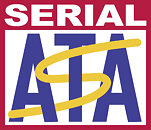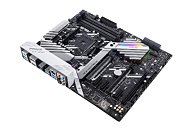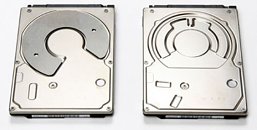SATA-IO Increases Interoperability Features with Revision 3.5 Specification
The Serial ATA International Organization (SATA-IO), the storage industry consortium dedicated to sustaining the quality, integrity and dissemination of the Serial ATA (SATA ) technology, today announced the publication of the SATA Revision 3.5 Specification. Specification 3.5 introduces features that enable increased performance benefits and promote greater integration of SATA devices and products with other industry I/O standards.
"SATA-IO has a long tradition of participating in the industry and supporting new innovative technology. These new features underscore the versatility of the SATA standard," said Jim Hatfield, SATA-IO president. "SATA remains one of the most stable, yet adaptable, interfaces in the industry. We are pleased to be able to enhance SATA's compatibility benefits for our members and the industry by adding features which allow SATA and other I/O standards to coexist in a variety of environments."
"SATA-IO has a long tradition of participating in the industry and supporting new innovative technology. These new features underscore the versatility of the SATA standard," said Jim Hatfield, SATA-IO president. "SATA remains one of the most stable, yet adaptable, interfaces in the industry. We are pleased to be able to enhance SATA's compatibility benefits for our members and the industry by adding features which allow SATA and other I/O standards to coexist in a variety of environments."











